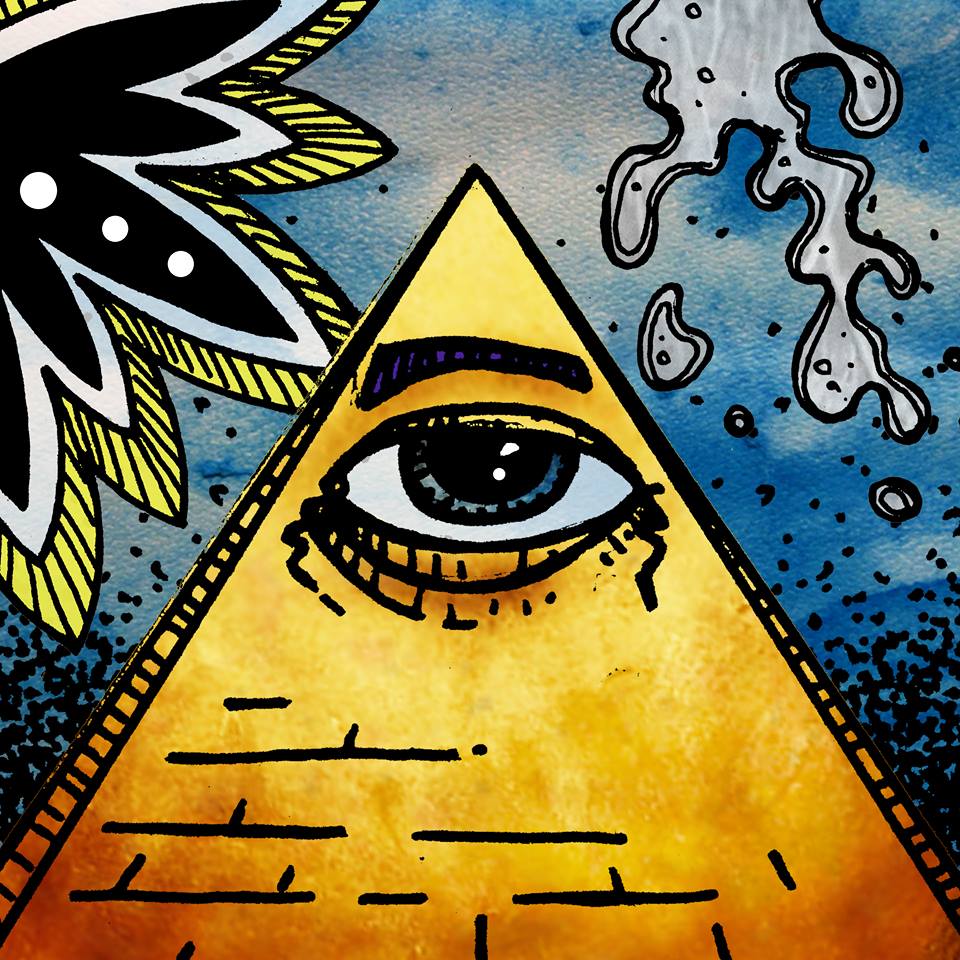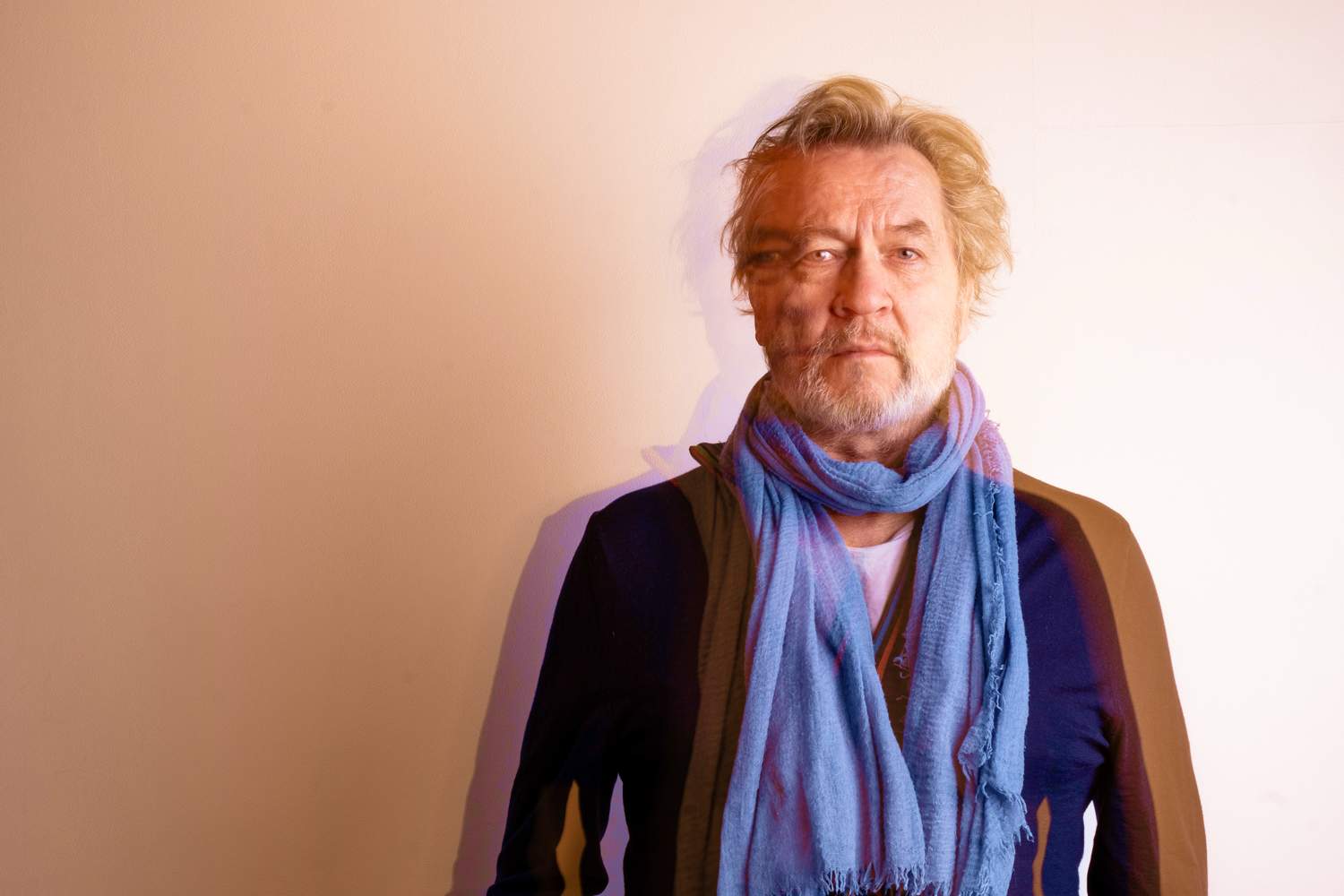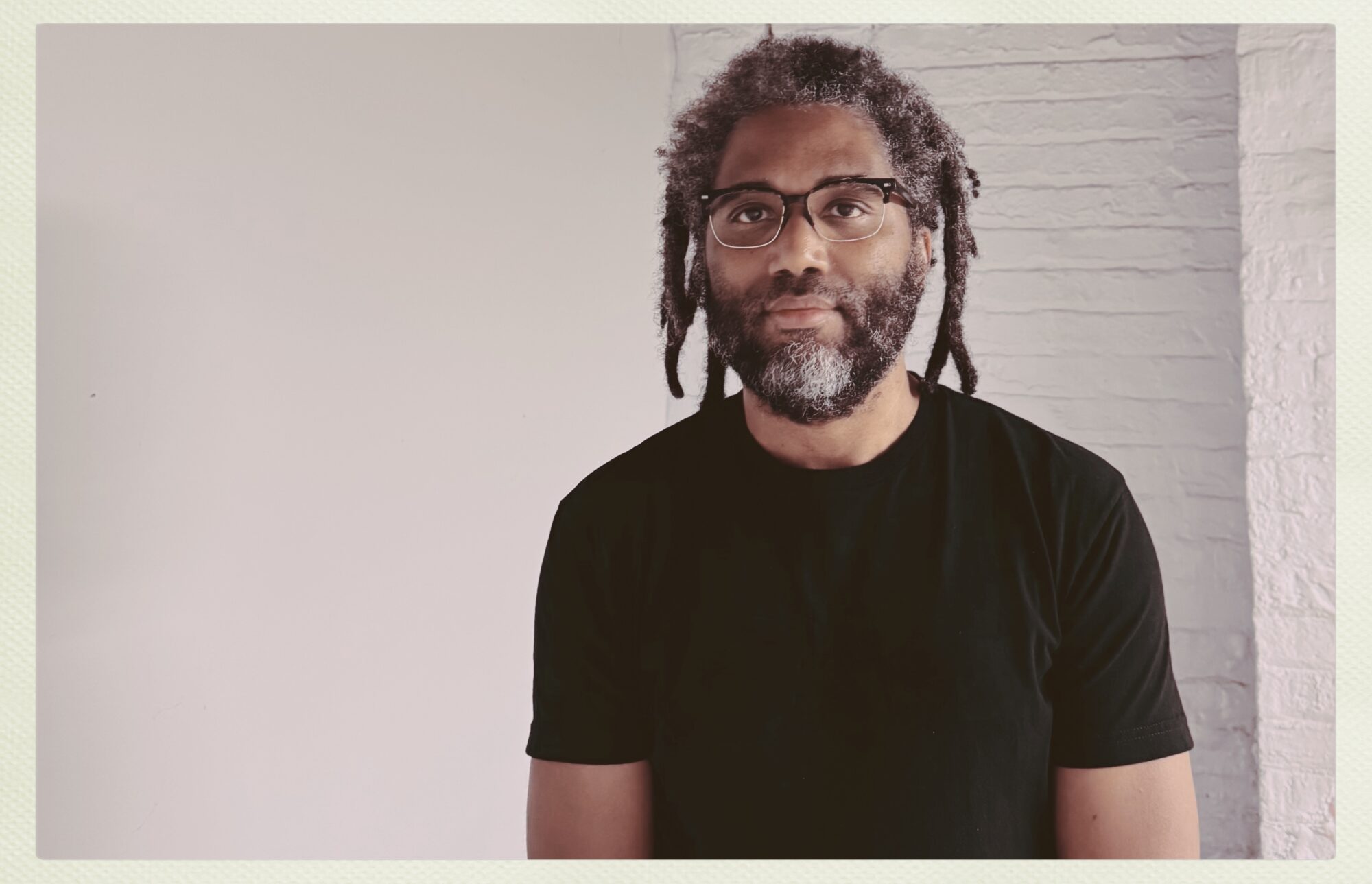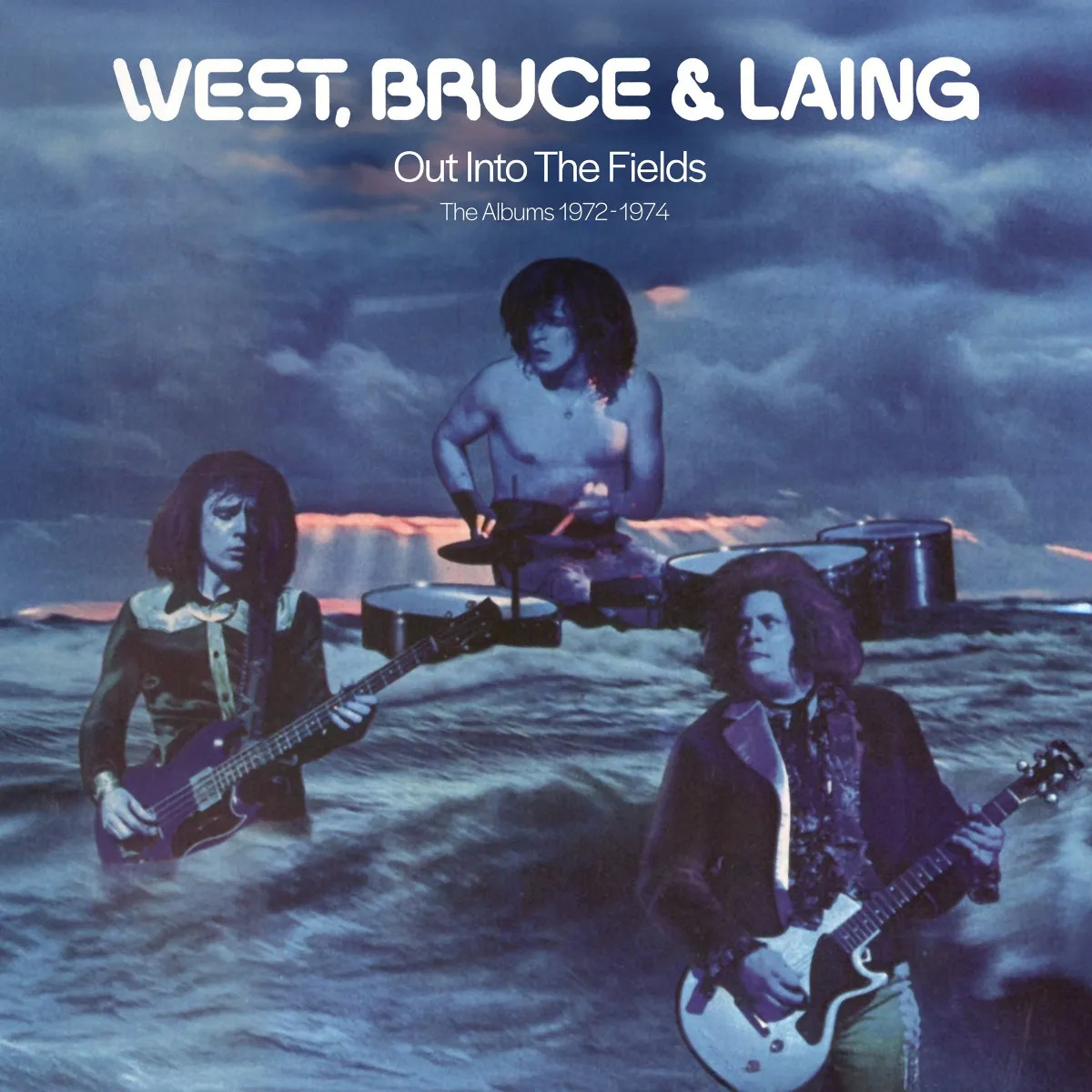Nils Petter Molvær: Reimagining ‘Khmer’ Through Live Performance
Nils Petter Molvær, the Norwegian trumpeter and innovator, presents ‘Khmer Live in Bergen,’ a compelling live reinterpretation of his seminal 1997 release ‘Khmer’.
Recorded in 2023 with a larger group, the album blends live trip-hop rhythms, subtle moods, and Nordic melody. The result is a sound that has more energy, deeper grooves, and a clearer dynamic range. Molvær’s approach to this album shows his ongoing commitment to trying new things, combining the freedom of improvisation with careful attention to sound. The recording captures the immediate feeling of a live show while also showing his growth as an artist over many years. ‘Khmer Live in Bergen’ confirms Molvær’s continued impact and the enduring power of his musical vision. The album is set for release on September 12 via Edition Records.
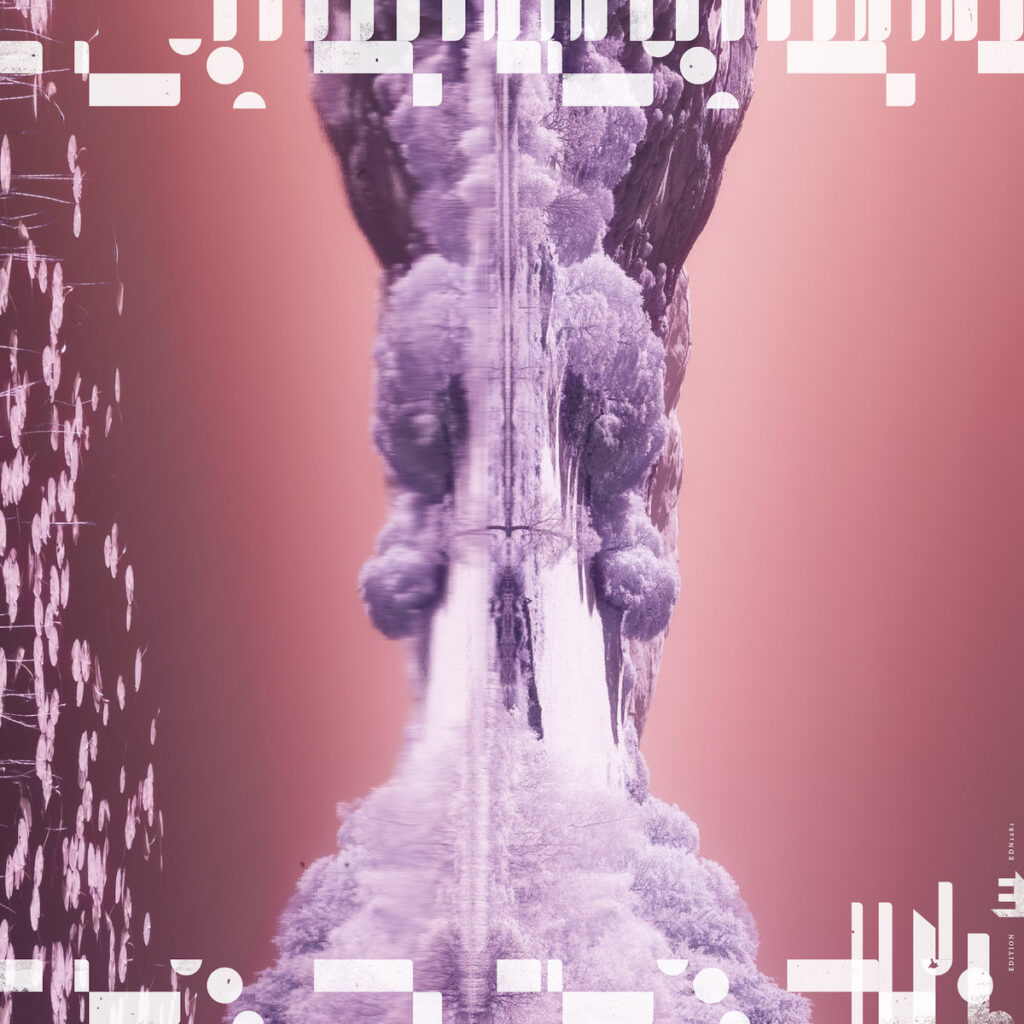
“I think one thing that defines the Nordic scene is its openness”
‘Khmer Live in Bergen’ offers a fascinating revisiting of a pivotal album. What specific aspects of the original ‘Khmer’ did you feel compelled to re-explore or redefine in this live setting, and how did the passage of time inform those choices?
Nils Petter Molvaer: It actually started as a commission for Vossa Jazz Festival, originally titled ‘Labyrinths’. Back then, I was completely immersed in a book by Jose Luis Borges that inspired the title. When Vossa Jazz marked their 50th anniversary, they asked me to revisit the piece. So we did, and it was so much fun that we decided to take it on the road again. It’s a big project, not something you can do every week, but it felt really good to bring it into 2025 with a fresh perspective. I would love to travel a bit and play more with ‘Khmer’ in the future.
The press release mentions “deeper grooves” and “sharper edges” in this live interpretation. Could you elaborate on the evolution of your rhythmic approach over the years, particularly concerning how it has influenced the re-articulation of Khmer’s iconic sound?
It’s a live recording in a big hall, which makes everything feel more physical than in the studio. Jan Bang and Sven Persson didn’t exactly hold back when mixing, in the best way. The core of the songs is still there, but there’s much more freedom on top. Over the years, the musicians have developed individually, and I think that comes through clearly in this version.
Your music consistently blurs boundaries, encompassing trip hop, ambient, and jazz. When you compose or perform, do you consciously think about these elements, or does the fusion occur organically as a natural extension of your creative impulse?
Honestly, I don’t think in terms of genres. For me, it’s either inspiring or it isn’t. I just follow what feels right and try to create space for the musicians around me to do the same. The fusion happens naturally — it’s just how I hear things.
The phrase “rawer, driven by experience, control and creative vision” really stands out in describing ‘Khmer’. How do you balance the immediacy of live performance with the control that your sound often demands?
Those aren’t my words, but if that’s how people experience it, I’m happy. We never go on tour without our sound engineer, and Sven Persson has been with me since the beginning. I trust him completely. I’ve heard concerts by amazing musicians ruined by bad sound. It’s essential to the whole experience.
Looking back at the initial release of ‘Khmer’ in 1997, what were your aspirations for that album at the time, and how do you feel those aspirations have either been realized or transformed over the subsequent decades of your career?
I was thinking maybe I could sell 4,000–5,000 copies and get to travel and play a bit. But the album really took off — it opened the world for me. I never imagined it would have that kind of reach. That’s not something you can plan. I was lucky, with the timing, the music, and the musicians I had around me.
The expanded band for this live version must have brought new dynamics to the music. Could you discuss the collaborative process with your current musicians and how their individual contributions shaped the re-imagined sound of ‘Khmer’?
It’s more or less the same band that toured after the original release: two drummers, a DJ, Jan Bang on live sampling, bass, guitar, and me. They’re all incredible musicians and good friends, which makes a big difference. There’s a lot of trust and openness between us, and that creates room for the music to evolve naturally.
You have been a very important part of Nordic jazz for decades. How do you perceive the evolution of the Nordic jazz scene since the late 1990s, and what role do you believe your own work has played in that ongoing development?
I don’t think about that, honestly. I’ve always drawn inspiration from many genres, not just jazz. But musicians like Jon Christensen (RIP), Jan Garbarek, Terje Rypdal, Arild Andersen, and Palle Mikkelborg have all been important to me. I think one thing that defines the Nordic scene is its openness — the way different genres flow into each other. That openness has definitely shaped me and the music.
Technology has always been an integral part of your sonic palette. How do you approach incorporating new technologies into your music, ensuring that they serve the artistic vision rather than simply being novelties?
It has to serve the music. That’s the main thing. If a new tool or technology helps me express something I couldn’t before, then I’ll use it. But it’s never about the novelty. I want it to feel honest.
Beyond the technical aspects, your music is often described as “saturated with feeling.” Where do you draw the emotional inspiration for your compositions and improvisations, and how do you translate those feelings into sound?
Well, I think it comes from growing older, maybe, and finding your own voice through your instrument. For me, one thing is that I never try to impress. I want it to be real, and I like melodies… and contrasts. Very difficult question, this.
You have consistently challenged yourself throughout your career. What drives this continuous desire for experimentation and evolution in your music, and what challenges do you anticipate exploring next?
I think it’s just curiosity. I don’t like doing the same thing twice. I like the feeling of not knowing exactly where the music is going. Maybe the next step is something more minimal, or something completely immersive. I try to stay open. I have a project called Be Quiet, where I go to different artists and improvise with them for a couple of hours.
The concept of “ambience” is frequently associated with your work. How do you define or approach creating ambient spaces within your compositions, particularly in a live context where energy and dynamism are also key?
For me, ambience isn’t about things being soft or slow, it’s about creating a space or a room you can step into. A landscape of sound. In a live setting, it’s about balance — the space and the energy have to coexist in an organic way. That comes from listening closely to each other, interacting on stage, and shaping the moment together.
Considering your extensive discography, are there any particular pieces or albums that you feel represent significant turning points in your artistic journey, and if so, why?
‘Khmer’ was definitely a turning point — it opened a lot of doors, and it was the first time I really blended jazz with beats and electronics on that level. ‘Solid Ether’ pushed things further. More recently, ‘Stitches’ felt like a new chapter again… maybe a bit darker, more reflective. Each record has its own role, like snapshots of where I was at that moment.
The connection between sound and visual art, or perhaps even film, seems inherent in much of your music. Have you ever considered a more direct engagement with other artistic mediums, and what appeals to you about such interdisciplinary exploration?
Absolutely. I’ve worked with dance, theater, and film over the years, and I really enjoy those collaborations. Music can take on a different dimension when it’s paired with visuals or movement. It becomes part of a larger experience. I’d love to do more of that, maybe something immersive or site-specific.
For a musician who has already achieved so much, what does true creative fulfillment look like to you now?
Just being able to keep creating, really. To still feel curious, to still feel something when I play. If I can connect with the audience — if someone feels seen or moved — it is a kind of intimate situation. More like a meditation. You are very much in the moment, and I really love this. I will probably do it as long as I am alive and able to play.
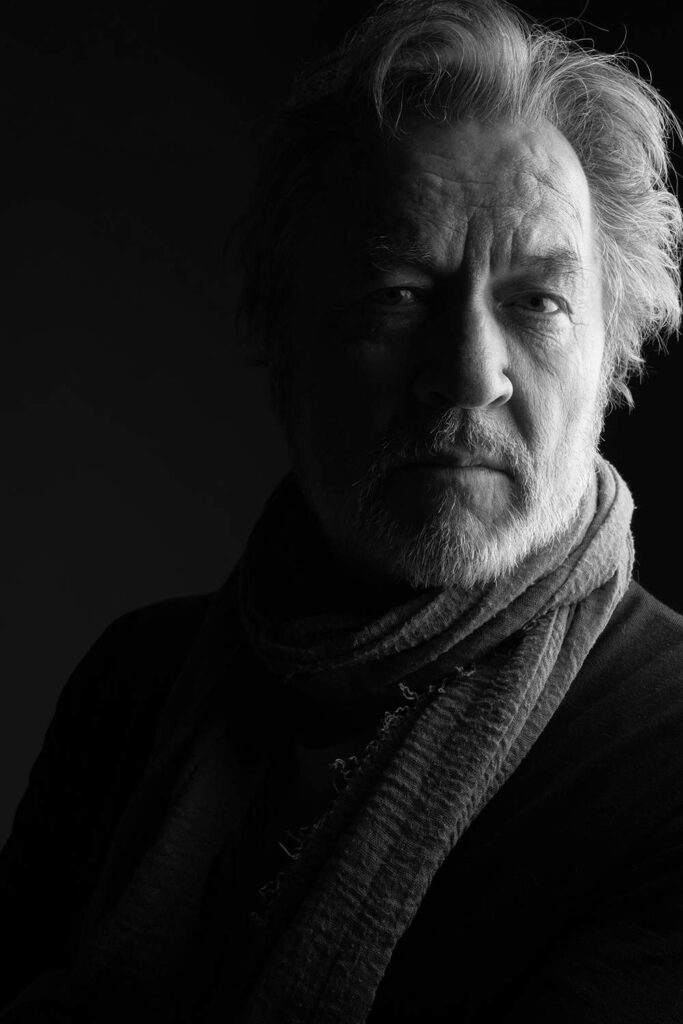
If you had some free time at my place, surrounded by all my music, what records would you want to put on the stereo?
Depends on the mood, but maybe some Miles — ‘Live Evil,’ ‘Kind of Blue,’ Joni Mitchell, Jon Hopkins, Burial, Bon Iver, Jon Hassell… Maybe something unexpected from your shelf I’ve never heard before. I’m always up for a surprise.
Klemen Breznikar
Headline photo: Nils Petter Molvaer (Credit: Dave Stapleton/Edition Records)
Nils Petter Molvaer Official Website / Facebook / Instagram / YouTube
Edition Records Official Website / Facebook / Instagram / X / YouTube / Bandcamp
